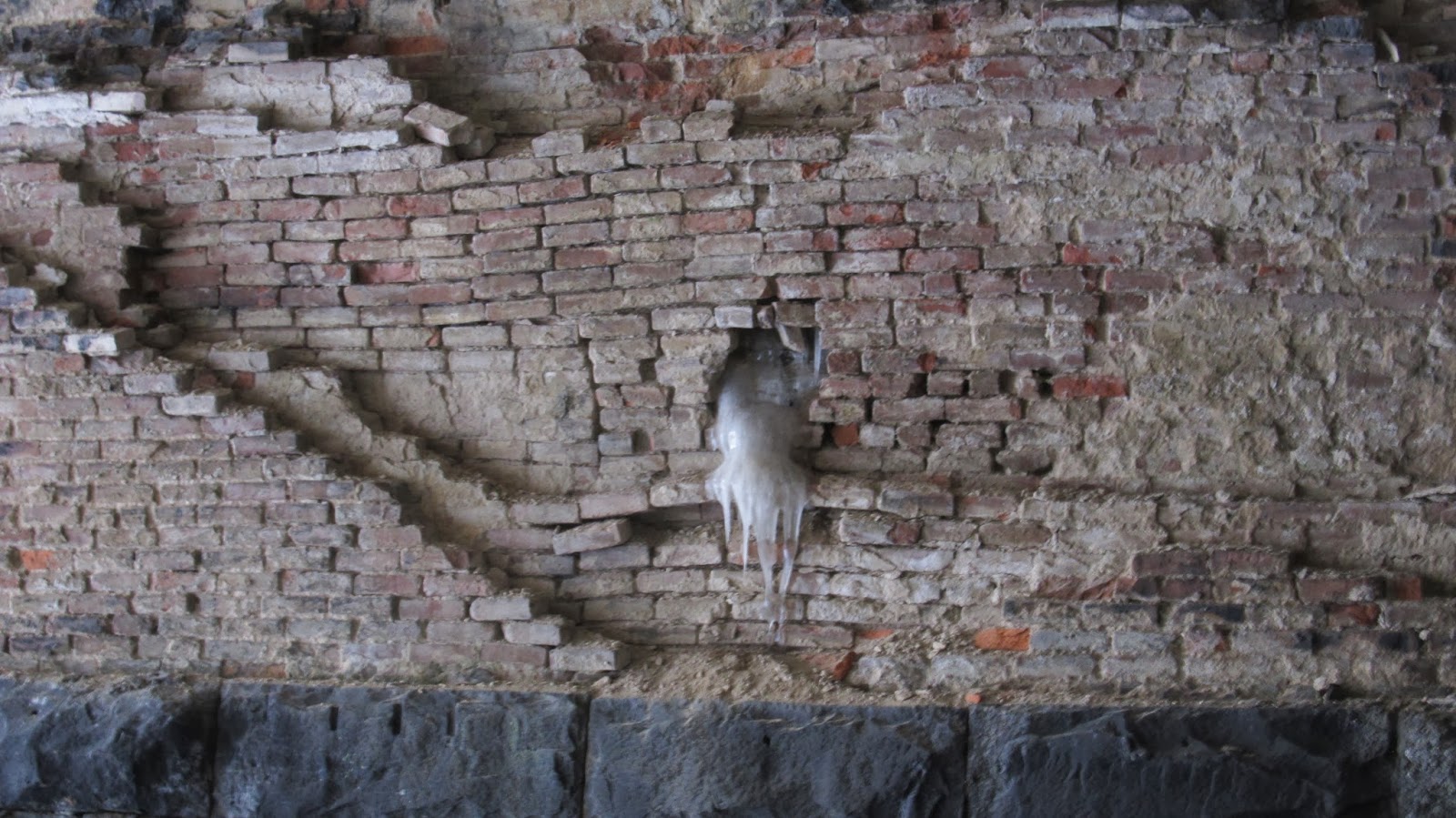I was looking for the remains of the old Radebaugh Pennsylvania Railroad tunnel and perhaps something from the old mine up there. What I found was probably the greatest view of Greensburg. I did find some possible evidence of the railroad tunnel but I think I'm taking that back to the drawing board.
 |
| Nice view of a train coming into town. |
 |
| Courthouse and downtown. Seton Hill soccer field on the left. |
 |
| I guess it was just the day that made this cool. This wouldn't be so great on a rainy day. |
 |
Seton Hill.
|
 |
| This old piece of an Amoco truck was just laying in the middle of the woods. |
These are some old photos of the Radebaugh Tunnel I was looking for. It was built in 1852 and I know it's gone but I was hoping to find some remains.
 |
West portal of the Radebaugh Tunnel.
|
 |
East portal of the Radebaugh tunnel.
Radebaugh Tunnel photos taken from the book "Triumph I- Altoona to Pitcairn 1846-1996" 1997 by Charles S. Roberts.
|

























































